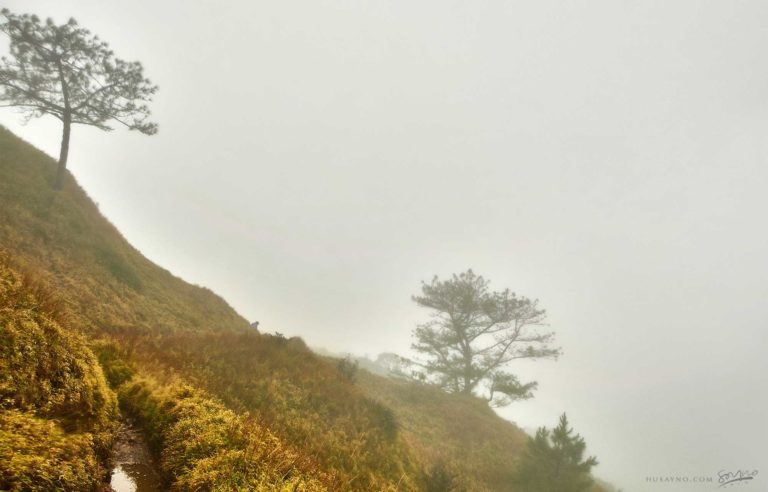
Mount Pulag: The Playground of the Gods
The Mount Pulag is considered as the highest mountain in Luzon Island and it sits on the border of three provinces entwined at its summit.

The Mount Pulag is considered as the highest mountain in Luzon Island and it sits on the border of three provinces entwined at its summit.
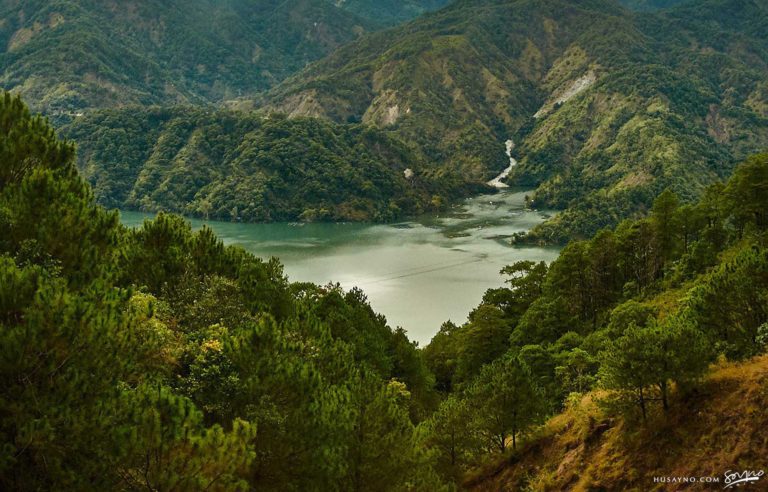
It is one of the country’s oldest and largest hydroelectric power plants, the Ambuklao Dam is the largest hydroelectric plant built today in the country.
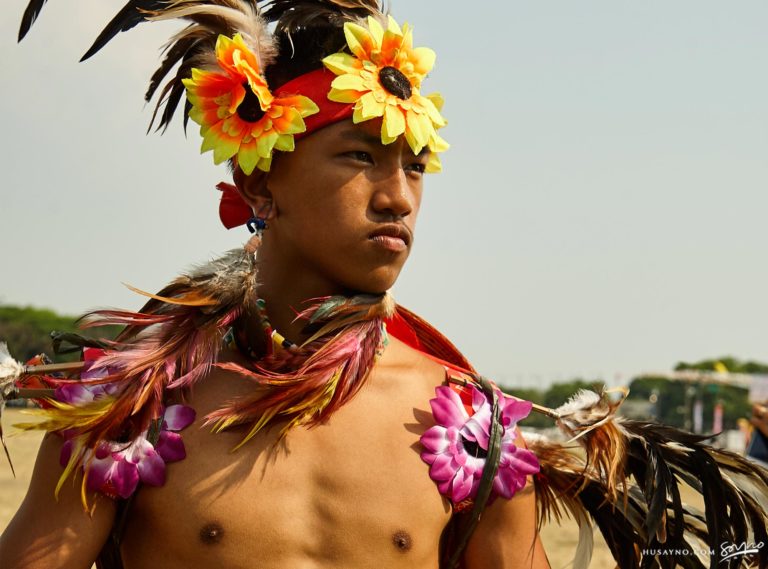
Originally known as the Baguio Flower Festival, the Panagbenga Festival is a month-long annual flower festival held every February in Baguio City, that celebrates and
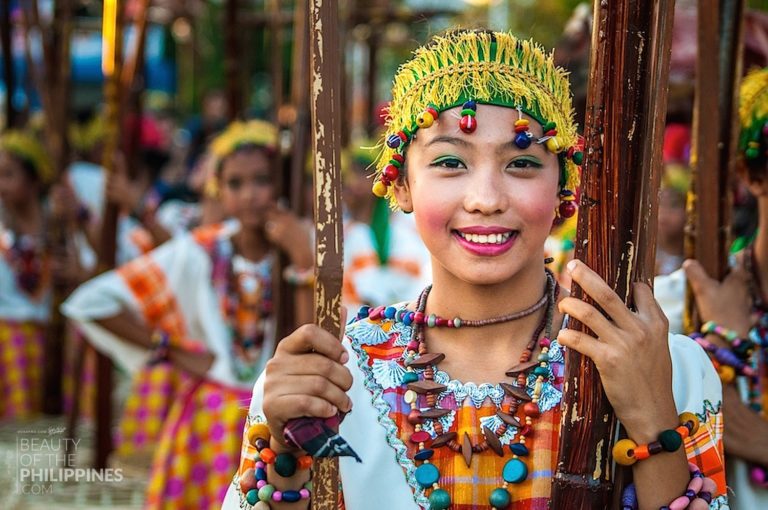
As a popular festival that originated in Dolores in the Province of Abra, Sakuting Festival depicts a mock battle using sticks, usually striped or bamboo.
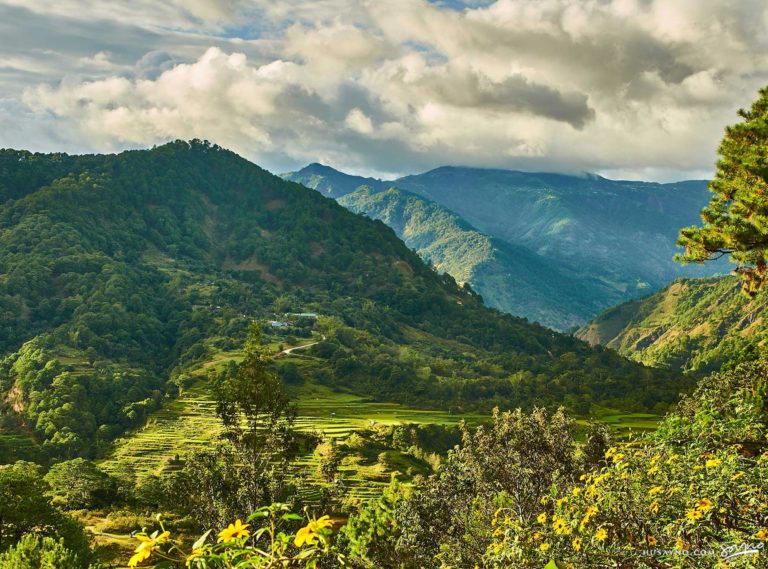
Kabayan of the Benguet Province is probably best known for its position as a base camp for Mount Pulag which is the highest mountain on
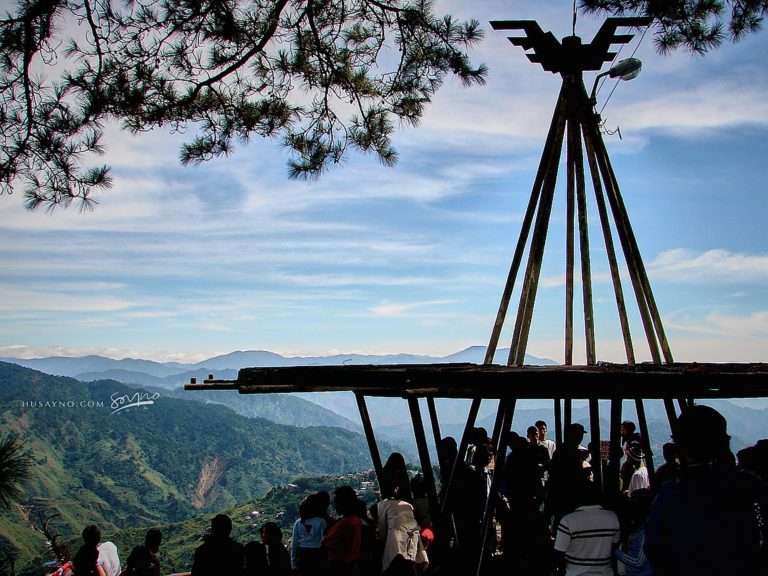
For many people, it has always been a dream to visit a place that offers a breathtaking view surrounded by a natural atmosphere that is
EXPLORE MORE ABOUT THE
Philippines
BROWSE BY CATEGORIES